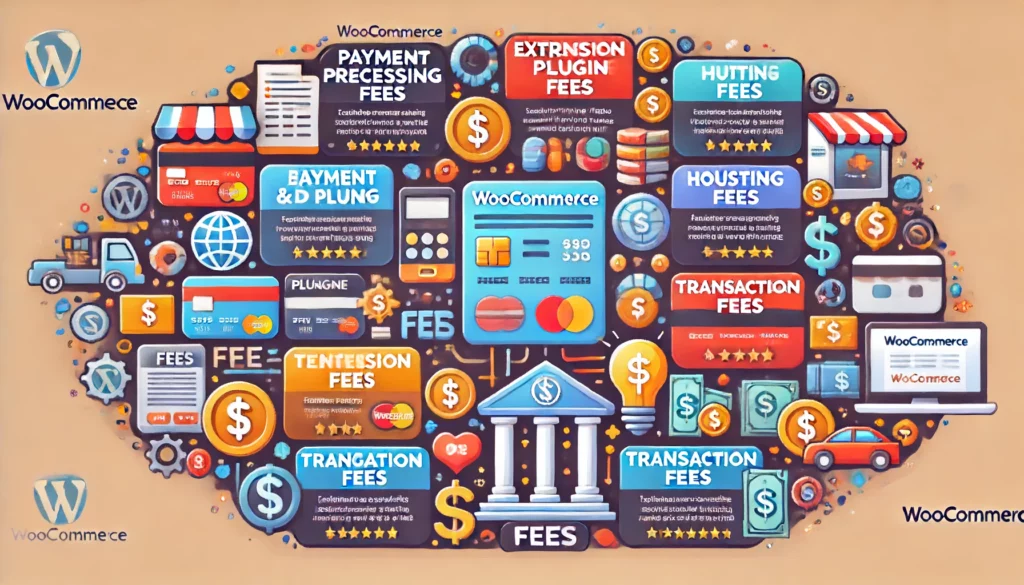Creating a unique marketing identity in the Indianapolis market is crucial for businesses aiming to stand out in a competitive landscape. This guide will walk you through the essential steps and strategies to establish a strong, memorable brand presence that resonates with your target audience in Indianapolis.
Creating a Unique Marketing Identity in Indianapolis Market
Understanding the Indianapolis Market
Demographics and Psychographics
To create a unique marketing identity, it is vital to understand the demographics and psychographics of the Indianapolis market. Indianapolis is a diverse city with a mix of young professionals, families, and retirees. Key factors to consider include age, income levels, education, and interests. This information will help you tailor your marketing messages to resonate with your audience effectively.
Market Trends and Competitors
Current Market Trends
Staying updated with current market trends is essential for creating a unique marketing identity. In Indianapolis, trends such as digital transformation, sustainable practices, and community engagement are gaining momentum. Incorporating these trends into your marketing strategy can help you connect with the local audience.
Analyzing Competitors
Understanding your competitors is another critical aspect. Analyze what successful competitors are doing, identify gaps in their strategies, and find opportunities to differentiate your brand. Tools like SWOT analysis (Strengths, Weaknesses, Opportunities, Threats) can provide valuable insights into creating a distinct marketing identity.

Crafting Your Unique Selling Proposition (USP)
Defining Your Brand Values and Mission
Core Values
Your brand values and mission statement are the foundation of your unique selling proposition. Determine what your business stands for and what you aim to achieve. This clarity will guide all your marketing efforts and ensure consistency in your messaging.
Mission Statement
A well-defined mission statement communicates your business’s purpose and direction. It should be concise, memorable, and align with your target audience’s values and expectations.
Identifying Unique Features and Benefits
Identify what makes your product or service unique. Focus on features and benefits that set you apart from competitors. Highlight these in your marketing materials to attract and retain customers.
Building a Strong Brand Identity
Visual Identity
Logo and Design Elements
Your visual identity, including your logo and design elements, plays a significant role in creating a memorable brand. Ensure that your logo is simple, relevant, and versatile. Use colors, fonts, and imagery that reflect your brand’s personality and appeal to your target audience.
Consistent Branding
Consistency is key in branding. Use the same design elements, color schemes, and tone of voice across all marketing channels. This creates a cohesive brand image that is easily recognizable.
Brand Voice and Messaging
Developing a Brand Voice
Your brand voice should reflect your brand’s personality and resonate with your audience. Whether it’s professional, friendly, or humorous, maintain a consistent tone in all communications.
Crafting Compelling Messages
Craft messages that are clear, concise, and compelling. Use storytelling to connect with your audience on an emotional level. Highlight the benefits of your product or service and how it solves your customers’ problems.
Utilizing Digital Marketing Strategies
SEO and Content Marketing
Keyword Research
Conduct thorough keyword research to identify relevant keywords and phrases your target audience is searching for. Incorporate these keywords naturally into your content to improve your search engine rankings.
High-Quality Content
Create high-quality, informative content that provides value to your audience. This can include blog posts, articles, videos, and infographics. Consistently updating your content helps to keep your audience engaged and improves your SEO performance.
Social Media Marketing
Choosing the Right Platforms
Choose social media platforms that are popular among your target audience in Indianapolis. Platforms like Facebook, Instagram, and LinkedIn can be effective for reaching different demographics.
Engaging with Your Audience
Engage with your audience by posting regularly, responding to comments, and participating in conversations. Use social media to showcase your brand’s personality and build relationships with your customers.
Email Marketing
Building an Email List
Offer valuable content and incentives to build an email list. Segment your list to send personalized messages relevant to different audience groups.
Effective Email Campaigns
Create effective email campaigns that provide value and encourage engagement. Use compelling subject lines, personalized content, and clear calls-to-action to drive conversions.
Measuring and Refining Your Strategy
Analyzing Performance
Key Metrics
Track key metrics such as website traffic, conversion rates, and social media engagement to measure the success of your marketing efforts. Use tools like Google Analytics and social media insights to gather data.
Continuous Improvement
Use the data collected to refine your marketing strategy continuously. Identify what works and what doesn’t, and make adjustments accordingly. Staying flexible and adaptable will help you stay ahead of the competition.
Conclusion
Creating a unique marketing identity in the Indianapolis market requires a deep understanding of your audience, a clear brand message, and effective use of digital marketing strategies. By focusing on your unique selling proposition, building a solid brand identity, and utilizing various marketing channels, you can establish a memorable and impactful presence in the Indianapolis market.




